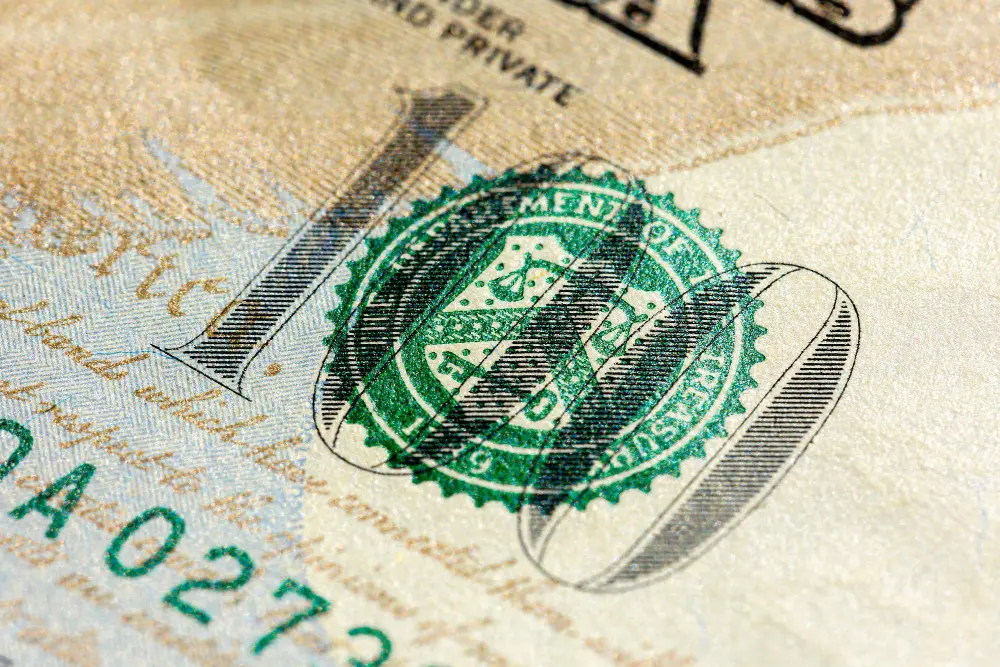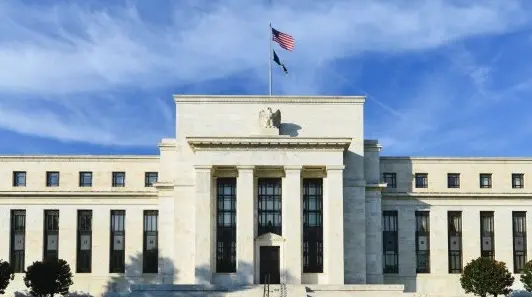Nvidia beats, but...
The revenue from data center was up by 93%. And the revenue from the Blackwell chip – launched last quarter – hit an eyepopping $11bn. The company also gave a higher-than-expected revenue forecast of around $43bn for the current quarter. If we put in perspective, the revenue was just about $6bn when the AI buzz stared in 2023.
But there is a catch: manufacturing of Blackwell chips proved to be complex and costlier, and could squeeze the profit margins more than anticipated earlier. But the company's gross profit margin is 73.5% today, comfortably high. Cherry on top, the CEO Jensen Huang repeated that the demand for Blackwell chips remains 'amazing', the Stargate project will likely keep the AI spending robust, and in all cases Nvidia's biggest clients have pledged to continue to spend big on AI this year. And about 90% of Nvidia's profits came from data center segment last quarter – that's basically the business that comes from large cloud service providers and other tech firms.
In summary, the numbers looked good, the forecast sounded good too. There is no doubt that Nvidia's business is still rolling on silk and that the company will continue to thrive. But if you look at the market reaction, you would hardly guess that the company reported such strong results. Nvidia's stock price fluctuated in the afterhours trading and printed a 1.50% decline, warning that
1. Investors are getting harder to impress with smaller revenue beats (and the fact that the company didn't hit the $40bn mark certainly played a role)
2. The valuation is pretty high today. Finimize analyst writes that the company should print a 30% growth every year for the next decade to justify its actual valuation.
3. And of course, the rising competition, the risk that the Big Tech clients launch their own chips and reduce demand for Nvidia chips, the tariffs and the risk that we may have overestimated AI demand will continue to hang in the air.
Nvidia is expensive but not exaggeratedly overpriced (PE ratio around 50). The dips could still serve as interesting buying opportunity for long-term investors.
Zooming out
Nvidia may not boost the market sentiment in the same way it boosted over the past two years after its results, but the AI mascot's earnings will sure not harm the AI outlook, or be an additional drag. S&P500 and Nasdaq futures are up this morning. Let's see if optimism could survive to the tariff talk, with the ongoing comfusion regarding when Trump's 25% tariffs on Mexico and Canada would go live: March, April?
Of course, the tariff threats are weighing on global sentiment but also on US' own growth expectations. The US growth update is due today and is expected to show a slowdown from 3.1% to 2.3% in Q4. If that's the case, you could argue that the dovish Federal Reserve (Fed) expectations will get a boost. BUT the tariffs complicate the Fed outlook as they boost inflation expectations at a time inflation is already giving signs of heating up and will certainly limit the Fed's ability to step in and assist.
As such, the US dollar index has been trending lower on Trump fatigue, but the index has rebounded yesterday near an important Fibonacci support, the 106 level that is the major 38.2% Fibonacci retracement on September to January Trump-boosted rebound. The EURUSD is down for a second session. Failure to clear the 1.05 sustainably could weigh on sentiment. There is optimism on the other hand that the US could agree with Ukraine on sharing its minerals to end the war with Russia. The end of the war would be good news for Europe. And better if the war ends with Europeans getting their own share of the pie.
The DAX rallied 1.71% on hope that the Ukrainian war could soon end, and release pressure on energy prices and help the nation go back to growth after years of slowing. If the European Central Bank (ECB) continues to give support with lower rates, that would be even better. But the ECB's ability to cut rates depends on inflation outlook, as well. So watch Spain release its preliminary CPI update for February today, and France, Italy and Germany update their numbers tomorrow. If the CPI update is softer-than-expected, we could see a further downside pressure on the euro but a sustained appetite for equities.
By Ipek Ozkardeskaya, Senior Analyst | Swissquote Bank
















































































